Last Friday, I attended Elton John’s concert at Madison Square Garden, with amazing seats, courtesy of a good friend, Jay Marciano, CEO of AEG.
I will get into what transpired, in regard to Elton’s performance, but first, a little background. I don’t believe it is a stretch to assume that many of my readers here at Copper exulted in the music of our eras in ways that most people, especially younger friends of mine, are in awe of. I’m not going to list the hundreds of insane shows that I’ve seen, because this is not about statistics.
What I’m about to say, is how the magic of this EJ show may have saved my rock ‘n’ roll soul.
Twisted Sister retired after playing our last show nearly two years ago in Mexico, marking the end of our 40th anniversary tour. What none of my closest friends truly understood, is that I was really tired of the entire rock ‘n’ roll circus that has been my life for 45 years.
This kind of cynicism is understandable.
No one really retires, right? No one walks away at the peak of their touring life?
We played our final shows in 2016 to an average audience of 60,000 people, and headlined 2 metal festivals with over 100,000 attendees.
Hearing 100,000 people sing “We’re Not Gonna Take It” is not something that any sane person would, or should, take lightly.
Why would anyone who gets paid lots of money walk away from that?
Well, I did, and I did because I was tired. Tired of all of it.
My wife has heard me bitch and complain, especially over the last three years of our “farewell tour,” but told me that I would get very emotional and teary eyed at the end.
Okay, in the dressing room, thanking the crew that has been with us for the last 14 years of our “reunion” tour (crazy right), I did get choked up. But, when we finished our last song, I told my crew that they could have all of my stage guitars. I was happy for my crew to have them, but, in truth, I wasn’t interested in taking them home.
In the golf cart, on the way from the stage to the dressing room, I turned to my wife and said, “When we get home, I’m going to sell my entire guitar collection!” She looked at me and said, “Look, I know that you are tired, but this will pass quickly. Don’t do anything stupid.”
My reaction was intellectually similar to that of a boxer after a fight, deciding in the heat of the moment to retire. I realized that it sounded over-dramatic.
We flew home the next day and I said to myself, “Wow, now I understand what some athletes say, and mean, when they retire.”
While some return to the business, others never go back to the ballpark, or even watch a game.
This happens for many reasons, but I believe that it’s primarily about the pain of the journey. Despite whatever accolades and triumphs may have come their way, there comes a point where all that work, all that repetition, all that sacrifice, and all the emotional and physical pain, get to the point where you just don’t want, or need, to relive it.
That, in effect, was me.
Of course, my wife still enjoys shows, and I dutifully would, and have, attended concerts with her since playing our final show.
A Cat Stevens concert, that I saw two years ago, stood out because of the beauty of his songs and the pacing of the show. But, generally, I just endure the events.
Silently, I just sit there making mental notes about how the artist blew the song choices, the lighting rig missed a cue, the mix is bad, the dialogue with the audience between songs was either non-existent, or perfunctory and boring, and the list goes on. I tell friends, who insist that I go to a show, not to ask me my opinion. Just enjoy it, because I will “Andy Rooney” the show for them, and it will dampen the night.
Not only did I give my stage guitars away at our last show, but over the last two years, I have sold off many of my personal guitars, and have gone through periods of six months or more in which I didn’t even pick one up and strum it.
And then…Elton John performed his farewell tour at Madison Square Garden last week.
Jay Marciano and I have recently had a back-and-forth regarding my opinions on the artists I have seen since I retired from live performing. I was critical of the crazy ticket prices to see classic artists, and how they have let me down by not performing, and not entertaining, the way that I believe the audience deserved.
When Elton’s farewell tour was announced, my wife told me that Elton was her first concert, in 1974, at Madison Square Garden, and she wanted to see him perform one last time at MSG. Ironically, I saw Elton for the first time at MSG, in 1972, when the Bonzo Dog Band opened, and Neil Innes came on during Elton’s set to tap dance during (I think) “Honky Cat.” Elton debuted “Daniel” at that show.
There, in 1972, was Elton with just his band: Nigel, Davey, and Dee.
A great show, back in ’72, if memory serves (not amazing, but very entertaining). Not much production either (about standard for the era), and the tickets were about $6.00!
I have seen Elton many times since then. In September of 1980, I was at his show in Central Park when everyone thought that Lennon would show up. I attended a private AIDS fundraiser, produced by Wall Street Power Broker, Ethan Penner, in the Waldorf Astoria ballroom, when Elton played to an audience of about 100 donors.
It was just Elton and a piano; very intimate and extremely emotional, which was understandable, given Elton’s commitment to the cause.
I was, however, skeptical about seeing him one last time. It could have just been a cash grab, and I didn’t want to remember Elton in that way.
Furthermore, when asked what shows were the greatest I’ve ever seen, this is what I say:
The Stones at MSG in 1969, and again on their Exile tour of 1972, stand out as pure rock ‘n’ roll ecstasy; Leon Russell and Mad Dogs at the Fillmore (totally unexpected and absolutely transcendent); and Bowie at Carnegie Hall in September 1972.
It seems that 1972 was a very good year…
These shows, especially, played a significant part of my life by reaffirming my dreams and sacrifices.
When my wife heard about the Elton Farewell show, I contacted Jay. He was happy for me to see the tour at MSG, but didn’t hype me on it or mention any expectations.
That was the best thing that could have happened, because last Friday night at MSG, Elton became a part of my “greatest shows I’ve ever seen” list.
Elton’s performance was nothing short of spectacular in every measurable way. The song choices, pacing, lighting, and sound were a 10/10.
But here’s where the intangible comes in…
The magic of his joy, and the humanness he brought into his presentation, aided of course by a band (this time, expanded with the incredible percussionist Ray Cooper, an added drummer alongside Nigel Olsson, another keyboard player, and, of course, long time guitarist and band leader, Davey Johnstone) of astonishing pros, brought the songs into another realm.
When elevated, rock music somehow touches “that magic place,” a core of universal joy.
The next day, last Saturday, I pulled out my guitar, sat on my couch, and started playing it. Then, Steve Dean, a friend and Nashville songwriter that I collaborate with on occasion, called me and asked if I would write some songs with military vets in NYC this week.
You don’t say no to Steve, and you don’t say no to helping veterans!
I did, and held a guitar in my hands for hours on end for the first time in 2 years.
I had a ball. It was fun again!
So, thank you, Jay Marciano, for the tickets, and thank you, Elton, for saving my (rock ‘n’ roll) life tonight.


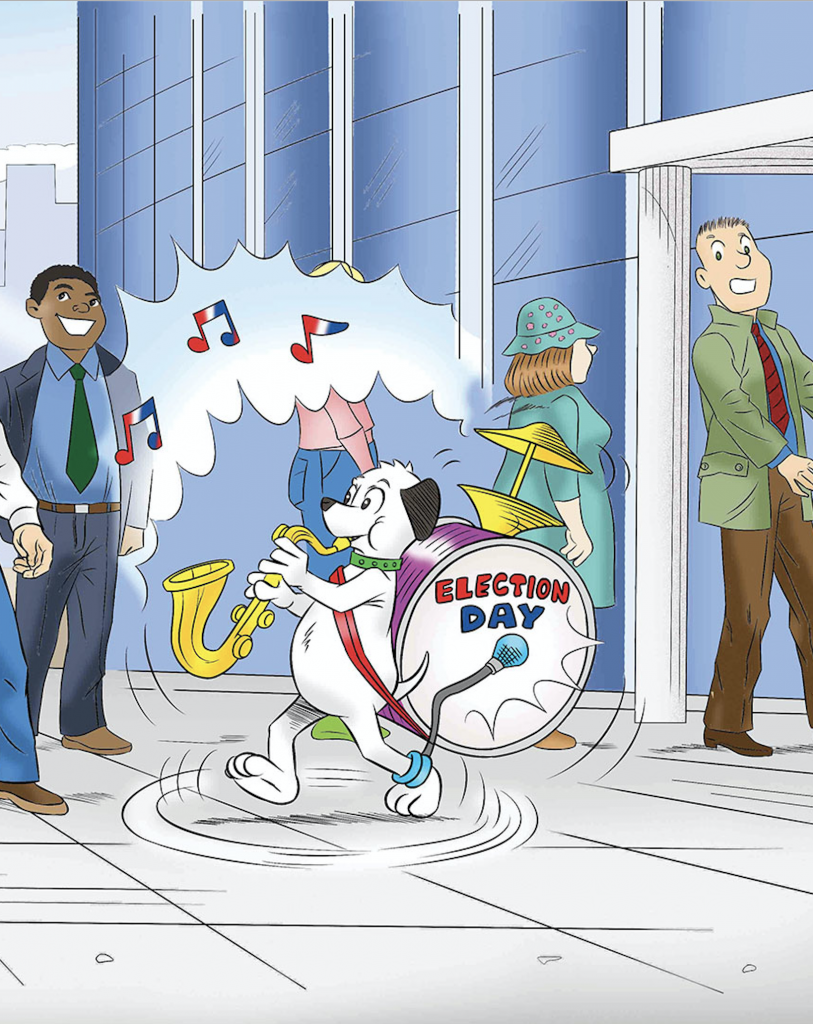


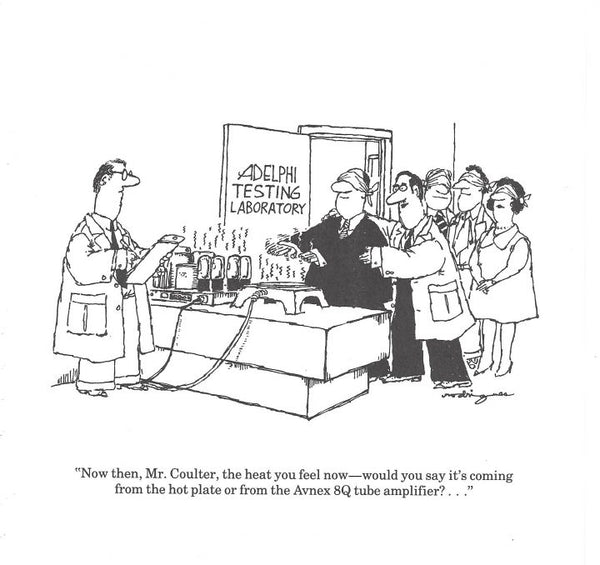
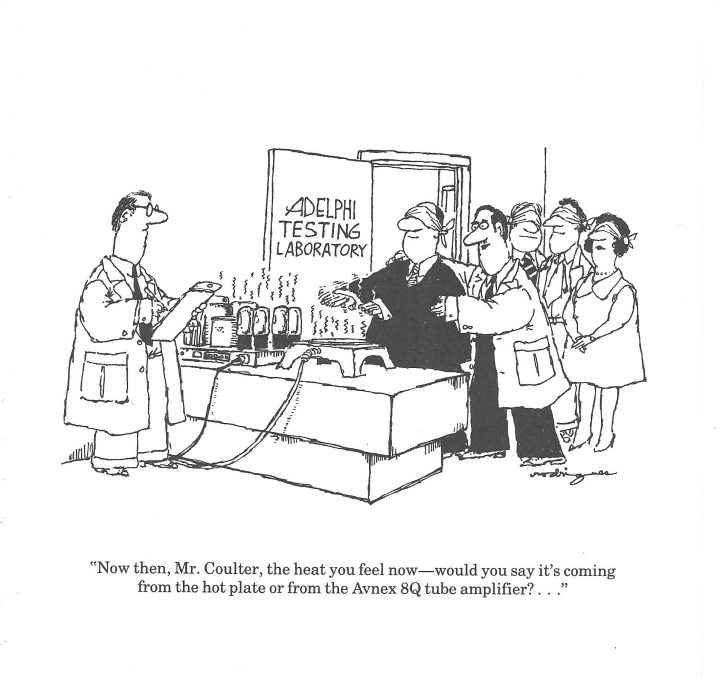








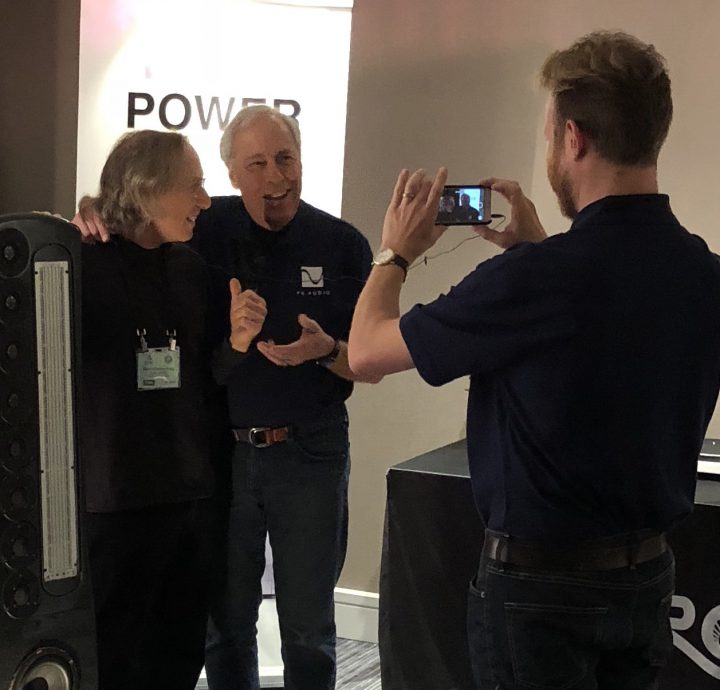






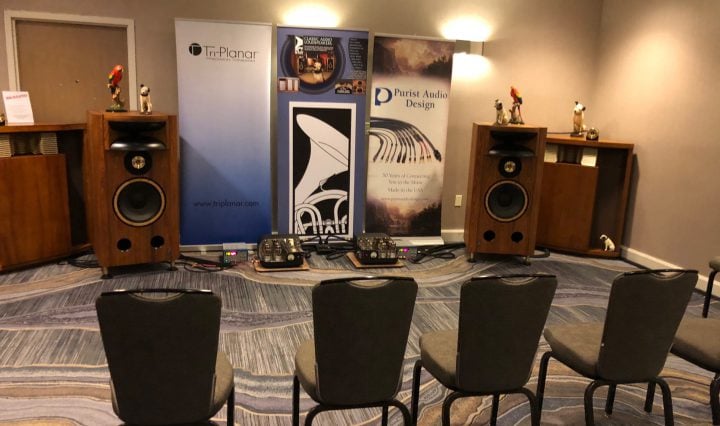











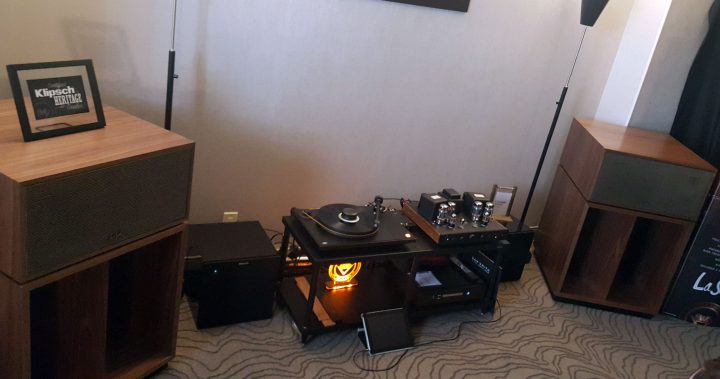





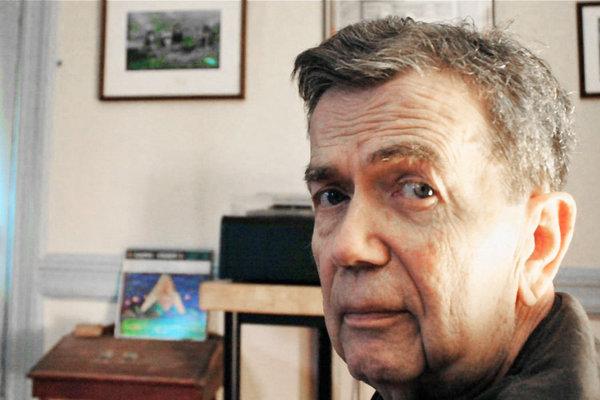
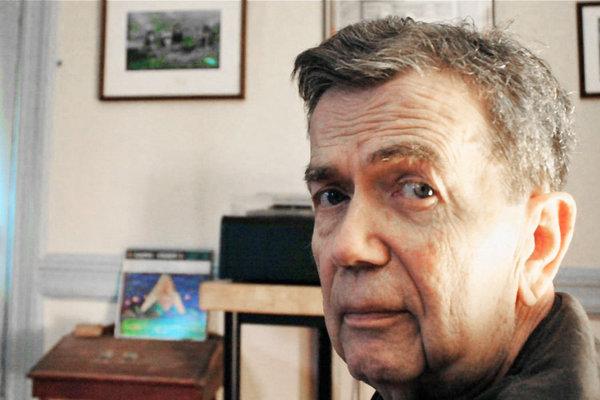







 Rather nondescript-looking compared to the Supex. Oh, well.
Rather nondescript-looking compared to the Supex. Oh, well.

